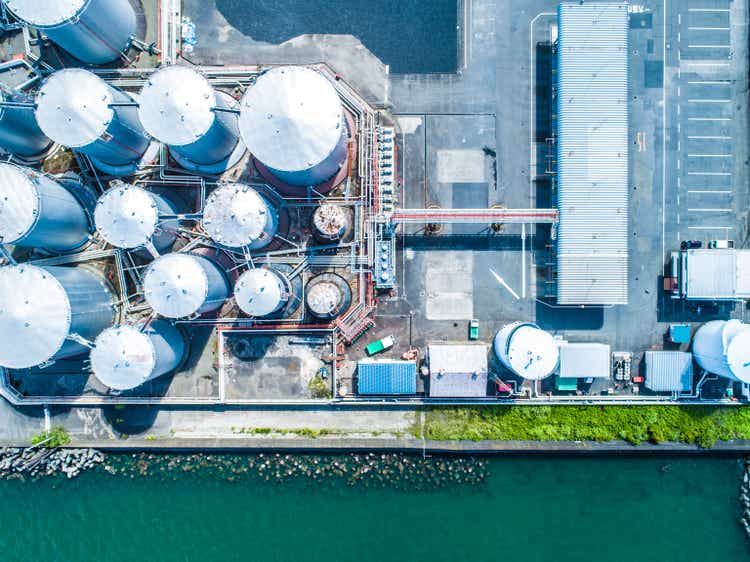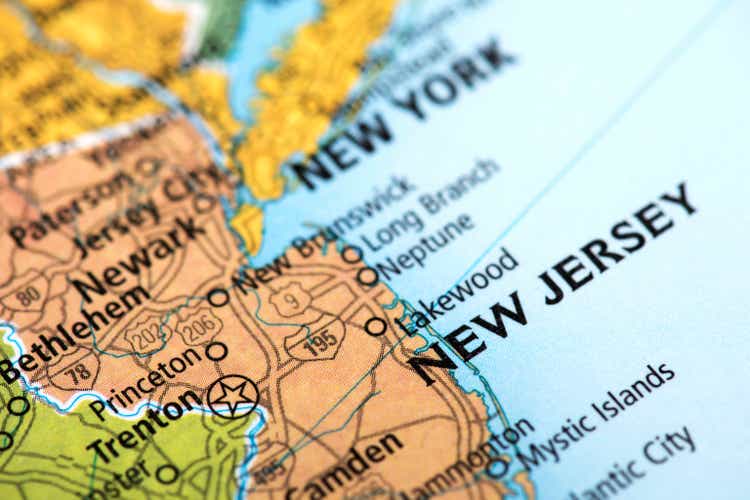International students and others line up for busses, in Brampton, Ont., on Oct. 7.
IAN WILLMS/The New York Times News Service For many years, the federal Liberal Party made strong immigration a central plank of its economic plan for Canada, inviting scores of skilled workers to the country to slow demographic aging. In a policy U-turn, the government’s pro-growth ethos is now on pause. Ottawa announced at a news conference Thursday that it’s cutting back immigration levels over the next three years, breaking a trend of steady increases.
Combined with efforts to reduce temporary resident numbers, Canada’s population is set to post small declines in 2025 and 2026. It amounts to a dramatic reversal. The country’s population grew by 3.
2 per cent last year – the quickest pace since the late 1950s – or nearly 1.3 million people. Canada has ranked among the fastest-growing countries in recent years, easily outpacing its Group of Seven peers.
But as the numbers ramped up, more Canadians started to question the strategy, tying it to unaffordable housing, inaccessible health care and other concerns. The federal government, which wore its expansionary policies as a badge of honour, now acknowledges that things went awry. “Over the last year, we’ve seen significant concerns from Canadians about the pace of [the] immigration increase, including the volume.
And that’s a fair criticism,” Immigration Minister Marc Miller told The Globe and Mail’s Decibel podcast in an episode being published Monday. “I think it’s one that we absolutely have to own.” The policy shift will have sweeping effects on a national economy that has grown accustomed to steady inflows of newcomers.
Business lobby groups have openly criticized the government for Thursday’s announcement, noting that constant tweaks to immigration rules over the past year have created an uncertain climate for companies. Economists on Bay Street have offered a range of views – supportive and critical – on the plan. Immigrants are this country’s best friend.
Don’t forget it Next year, Canada is targeting the admission of 395,000 permanent residents, down from previous plans for 500,000. The numbers will decline to 380,000 in 2026 and 365,000 in 2027. Temporary residents will be reduced to 5 per cent of the total population by the end of 2026, from 7.
3 per cent on July 1. Hitting this target will require a net loss of roughly 900,000 temporary residents – a group that includes international students, temporary foreign workers and asylum seekers – over the next two years. The net effect is that the population is projected to decline by 0.
2 per cent in each of 2025 and 2026, then return to growth in 2027. Bank of Canada Governor Tiff Macklem said on Friday that slower population growth will impact overall economic output, but it’s unlikely to have much of an effect on inflation, as the number of consumers and workers will both decline, subtracting from supply and demand at the same time in the economy. “If population growth comes down faster than we’ve assumed, headline [gross domestic product] growth will be lower than we assumed,” Mr.
Macklem said during a call with reporters from the sidelines of the International Monetary Fund meeting in Washington. The Bank of Canada published a new economic forecast on Wednesday , which already looks out of date, given the immigration caps. The bank expected the population of people aged 15 and up to grow by 1.
7 per cent in 2025 and 2026, compared with Ottawa’s forecast of a slight contraction overall. Mr. Macklem said he “wouldn’t overplay” the differences between the forecasts, given that both see a significant slowdown in population growth compared with the past year.
“There’s a fair amount of uncertainty about exactly how quickly these things kick in,” he said. The arrival of so many people has helped Canada’s gross domestic product to continue to grow, even as the economy struggled lately with sharply higher interest rates . But after accounting for strong population growth, per capita output has been in steady decline, reaching levels seen in 2014.
Rebekah Young, head of inclusion and resilience economics at Bank of Nova Scotia, said real GDP per capita is poised to jump higher, because the denominator is staying flat for two years. But this doesn’t mean people will notice an immediate difference in their living standards, she added. “The average Canadian isn’t going to suddenly feel wealthier.
” Ms. Young said the government is “overcorrecting” with its immigration plan, which could lead to a decline in the pool of workers. Robert Kavcic, senior economist at Bank of Montreal, said he isn’t overly concerned by potentially slower economic growth, given the stress that rapid inflows are putting on housing and infrastructure.
The immigration plan is “going to have a pretty noticeable impact in a lot of areas that policy-makers are really struggling to get under control,” he said. “The obvious one would just be rent inflation.” Mr.
Miller said at Thursday’s news conference that asking rents in Toronto and Vancouver are already dropping. He said the government’s decision, starting this year, to sharply reduce the number of foreign students that are permitted entry to Canada is directly responsible for the relief. If housing becomes more affordable, families may have more room for other expenditures, economists at Desjardins Securities said in a research note.
And with fewer people seeking jobs, this could lead to stronger wage growth, supporting a rebound in per capita consumption. Because of these offsetting factors, the effect of the immigration plan on GDP growth could be “muted,” the note said. Still, the Desjardins economists flagged their concerns with Canada’s long-term demographic picture.
“The goal of this plan is to allow time for the supply of housing and infrastructure to catch up with demand,” wrote Royce Mendes and Randall Bartlett. “But with a rapidly aging demographic, that near-term objective will come at the expense of solving Canada’s longer-term labour force constraints.” Several economists have lamented that Canada’s immigration system has increasingly facilitated the migration of temporary residents into low-wage jobs.
“On reflection, I think we could have acted quicker on temporary residents,” Mr. Miller told The Globe..
Business
With immigration cuts, Ottawa is rethinking its economic principles
The federal Liberals put immigration at the centre of their economic agenda. Now they’re pulling the welcome mat













